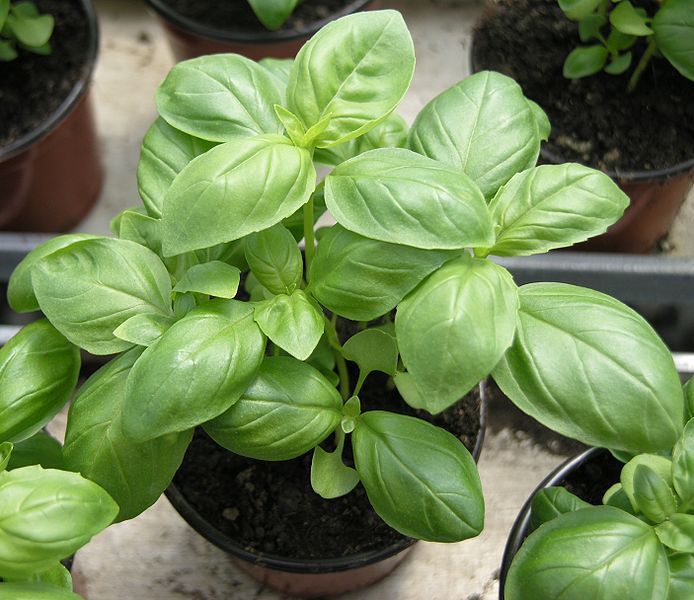
Properties
• Carminative, stimulant, diaphoretic, expectorant, febrifuge, diuretic, demulcent, mucilaginous, cooling.
• Leaves and flowers considered excitant, diuretic, and stimulant for weak digestion.
• Seeds and flowers considered stimulant, diuretic and demulcent.
• Seeds are mucilaginous and cooling.
Parts utilized
• Leaves, seeds.
• Mature fresh leaves are harvested 2 to 3 months after planting. Leaves are picked leaving the branches on the plant to allow it to flower and produce seeds for the next season.
• The leaves are air-dried until they crumble when crushed with the fingers. Store in amber colored bottles in a cool, dry place.
Uses
Culinary / Edibility
- The leafy and flowering tops are used as condiment; eaten sparingly in salads.
- Seeds are sometimes eaten.
- In Kanawar, sometimes eaten mixed in ordinary bread.
I- n Bengal, infused in water, used as a refreshing and cooling drink.
Folkloric
- Cough: Expectorant properties - Take infusion or decoction of herb (9-15 gm of dried herb) or tops as tea.
- Leaf juice helpful for expectoration of mucus.
- Decoction of leaves also used for hiccups, vomiting and nausea.
- Gas pains: Decoction of herb as tea helps to expel wind from bowels.
- Ear afflictions: Juice of leaves dropped in ears for earache and dullness of hearing.
- Snake bites: Crush fresh plant and poultice the bitten wound.
- Gonorrhea, using a decoction of the roots and leaves of plants.
- Decoction of leaves used as a wash for ulcers.
- Used for external contusions.
- Used in baths for rheumatic pains.
- For ringworm and insect bites, apply juice of crushed leaves.
- Decoction of herb as wash for skin ulcers.
- For delayed menstruation: take the juice of the leaves with water.
- Seeds are used in treatment of several eye diseases; to soothe pain and inflammation.
- Toothache: Wet small piece of cotton with juice of crushed leaves and insert into tooth cavity.
- Decoction of seeds used to decrease postpartum pains; the seeds are mucilaginous.
- Poultice of seeds used for buccal sores.
- Decoction of seeds also used for constipation.
- Acne: Infusion of 3 tsp of dried leaves in 1 cup of boiling water for 20-30 minutes.
- Apply externally or drink decoction of tea or infusion 3 times daily.
- Malays used the leaves as remedy for coughs.
- Decoction of leaves used after childbirth; juice taken for delayed menses.
- Seeds given as infusion for gonorrhea, diarrhea and chronic dysentery.
- Seeds used as aphrodisiac.
- Seeds, washed and pounded, used in poultices for sores and sinuses; also used internally for habitual constipation and internal hemorrhoids.
Others
• Oils repel insects (limonene, myrcene, camphor, thymol) and have larvicidal (eugenol and methylclaviol) activity against houseflies and mosquitoes.
• Malays use it as a scent for clothes.
• In Africa, they are compounded into cosmetics.
Recent uses
Dizziness: crush enough fresh leaves with your fingers and sniff them.
Cough: As decoction boil eight tablespoons of fresh leaves in two glasses of water for 15 minutes or until the liquid is reduced to half. Divide the decoction into eight parts and take one part, three times a day.
Availability
Wild-crafted.
Cultivated for condiment and culinary use.
Toxicity
Although known for its medicinal benefits, it contains some potentially dangerous compounds: safrole, rutin, caffeic acid, tryptophan and quercetin.(
good article
ReplyDeleteagen poker online yang paling aman